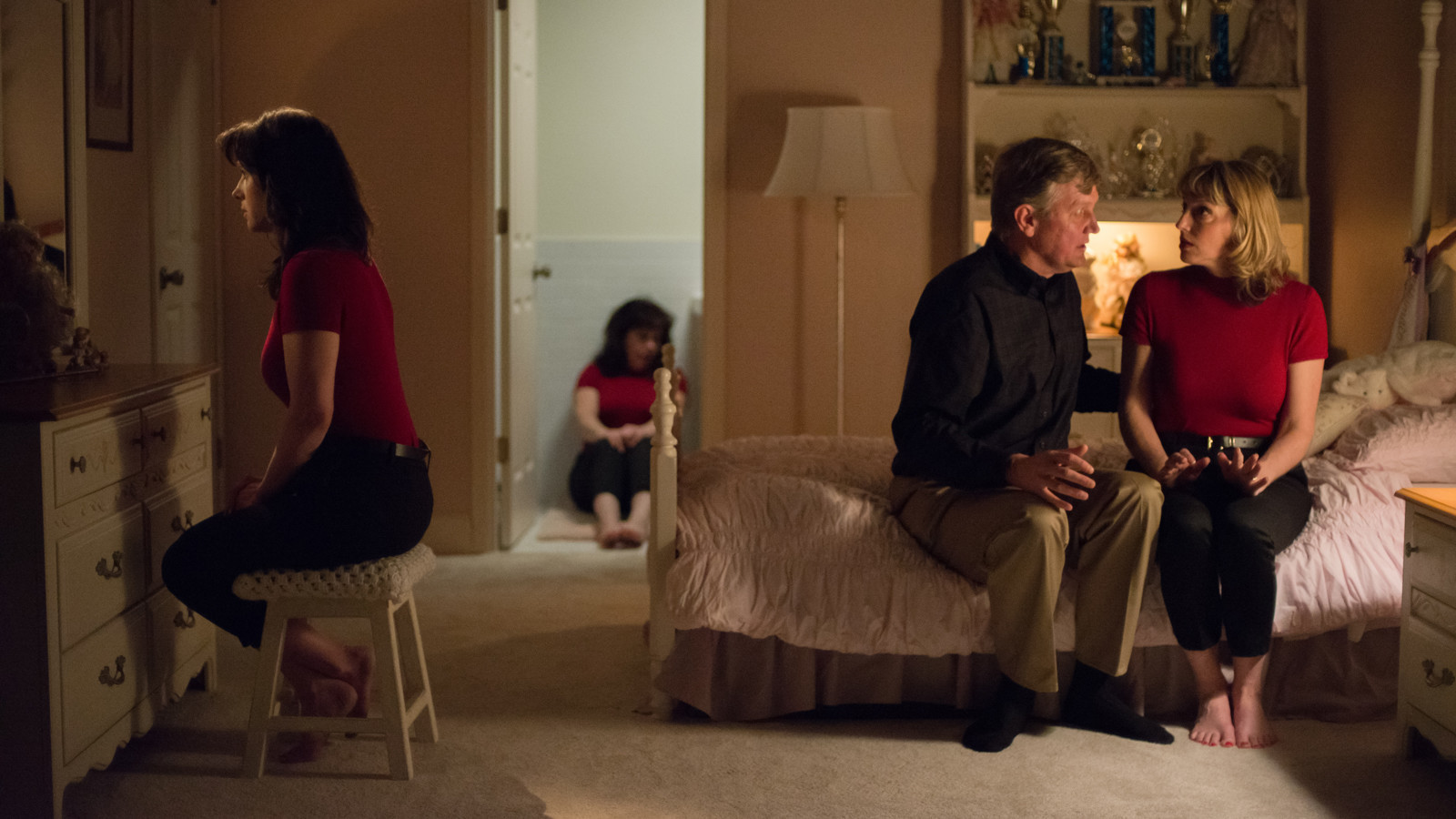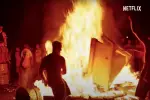On a list of the top ten unsolved crimes in history compiled by “Time,” Jack the Ripper and the Chicago Tylenol poisonings may have placed higher than the mysterious murder of JonBenét Ramsey, but it was the tragedy of the six-year-old Coloradoan that Netflix has decided to turn into a film.
On the night of the murder, December 6, 1996, police in Boulder responded to the scene of the crime assuming Ramsey had been kidnapped, as that was the story her mother had offered the cops and a ransom note had been found in the house. However, later that evening, Ramsey’s body was found in the basement, brutally murdered.
Twenty-one years later, the case is still open. Two decades of exploitation and speculation have surrounded the homicide, which has birthed a near-obsessive following of individuals who, for various reasons, are fixated by the mystery. Director Kitty Green decided to use this notion of obsession as the glue that holds her Netflix film, “Casting JonBenét,” together.
Upon watching the documentary, you will find that there are no stars; there are neither recognizable faces from the red carpet nor Oscar winning actors. Instead, the entire film is composed of a series of interviews with actors and actresses who are auditioning to play the members of the Ramsay family in what they think is a real documentary.
The actual film relies heavily on these interviews for its narrative, and interweaves the confessional outpourings with recreated scenes from the night, murder-mystery info and bits that intend to suggest that some refracted version of truth is being distilled from the actors’ attempts to “become” the Ramseys. In attempting to “cast” JonBenét and others, the film allows the ordinary entertainers going out for the roles to speculate on the truth and facts of the case, which ultimately ends in the actors offering their guesses as to who murdered the young pageant queen.
This speculation is what makes the documentary feel more like a work of fiction. There are no clear facts or answers; the only sure thing that can be said with surety is that nobody knows what happened.
Working under this premise, Green was able to create a masterpiece. The film was shot in the same town the murder occurred—Boulder, Colorado—and opens with a wide-angle shot of a group of young, blonde beauty queens who could easily act as the real JonBenét Ramsey’s doppelgänger. From there, Green produces a shot of one of the girls who asks the camera, “Do you know who killed JonBenét Ramsey?” And on it goes.
From jump cut to jump cut, Green peppers viewers with shots of no-name actors who have come prepared with their own conclusions about the events of the night. The people who are auditioning, most of who are from the area and thus have an intimate familiarity with the case, rarely perform scenes from the script; instead, they intertwine their personal lives with the history and timeline of the Ramsey case, as they see fit. The interviewees speak directly to the camera as they attempt to justify their individual connection with the case. Ultimately, Green proves that countless versions of the historical mystery can play out simultaneously, which succeeds in underscoring the difficulty of finding out the truth about the murder.
Green has used this kind of approach for a film before in her 2015 documentary short “The Face of Ukraine: Casting Oksana Baiul.” The film tells the story of the Ukrainian conflict through footage of young girls who are auditioning to play the role of the figure skater. After the film was critically praised at Sundance, Green decided to take the same approach in constructing the film about JonBenét Ramsey.
Considering there was no further explanation or understanding of what happened to JonBenét by the end of Green’s documentary, audiences would be forgiven for questioning whether the director went too far in defending her point about speculation. Watching the film cut from interviewee to interviewee, viewers have a difficult time getting to understand any one character in depth. As Green abruptly cuts each segment of the participant off, fans are allowed only to understand the figures through a miniscule window of portrayal.
By the end of the documentary, viewers are left with a void. The film offers no definitive answers as to who killed JonBenét, but Green drops strong hints that the murderer was Patsy, her own mother, or Burke, her nine-year-old brother. However, this conclusion depends heavily on the actors auditioning for the roles. While Green—and the structure of the film itself—wants to suggest that some innate truth is revealed as the actors attempt to become the historical figures, reality suggests otherwise.
Green, as the creative direction behind the enterprise, controls how much time the individuals have to speak, which clips are included the film, which actors/actresses are highlighted and many other directorial decisions, which means that any impartiality she hoped the process might preserve effectively goes up in smoke. Her method may sound legitimate on paper, but any such legitimacy runs into a very large, unavoidable problem in the form of the director herself. As long as she (or anyone for that matter, this isn’t an invective against Green) plays such a large role in the exposition of the documentary, her biases will always, at least subconsciously, lead it.
Still, the creativity of the approach cannot be overstated, and though Green’s riff on the traditional documentary form may leave JonBenét conspiracy theorists thirsty for fresh answers, the film has thrown into question the rigid structure of the documentary style, which may well lead to a creative outpouring of new versions. If you approach the film looking for new discoveries about the murder, you will be disappointed, and maybe even insulted that the murder of a girl could be gimmicked into the bedrock for artistic experimentation. If you approach the movie as a film-lover, interested in an entertaining, novel experience and an innovative reframing of what the process of acting requires of actors, then you will likely be more than satisfied, if not a little inspired in regard to how you think a story should be told.

















